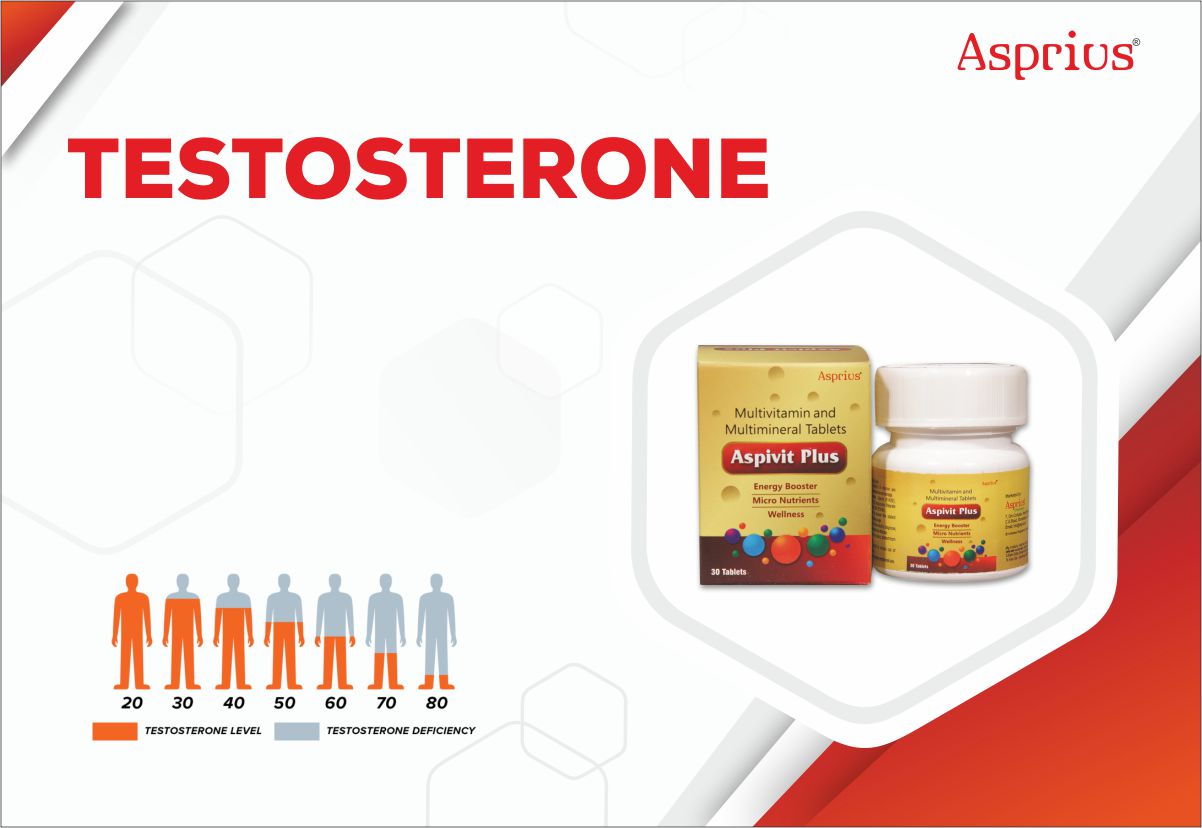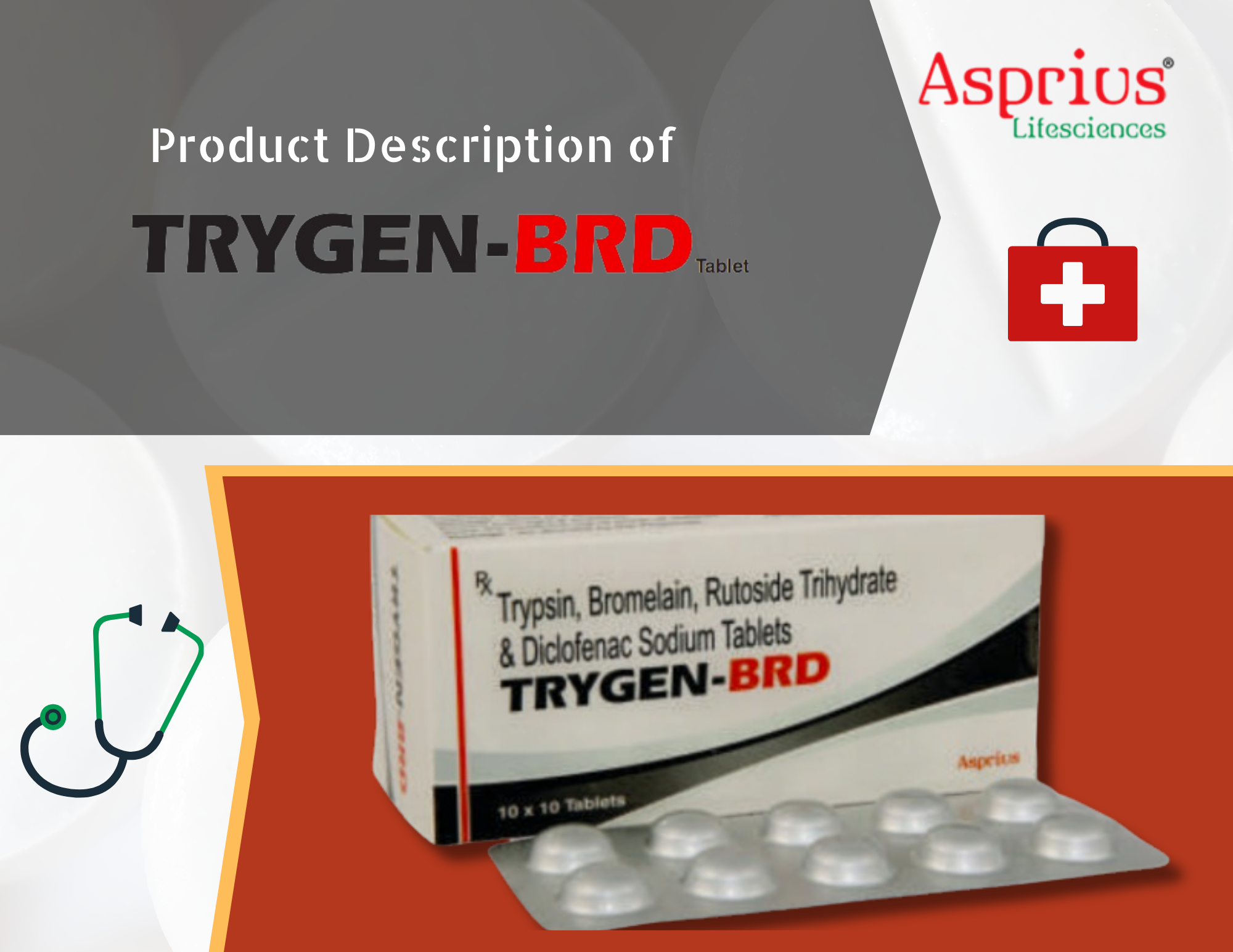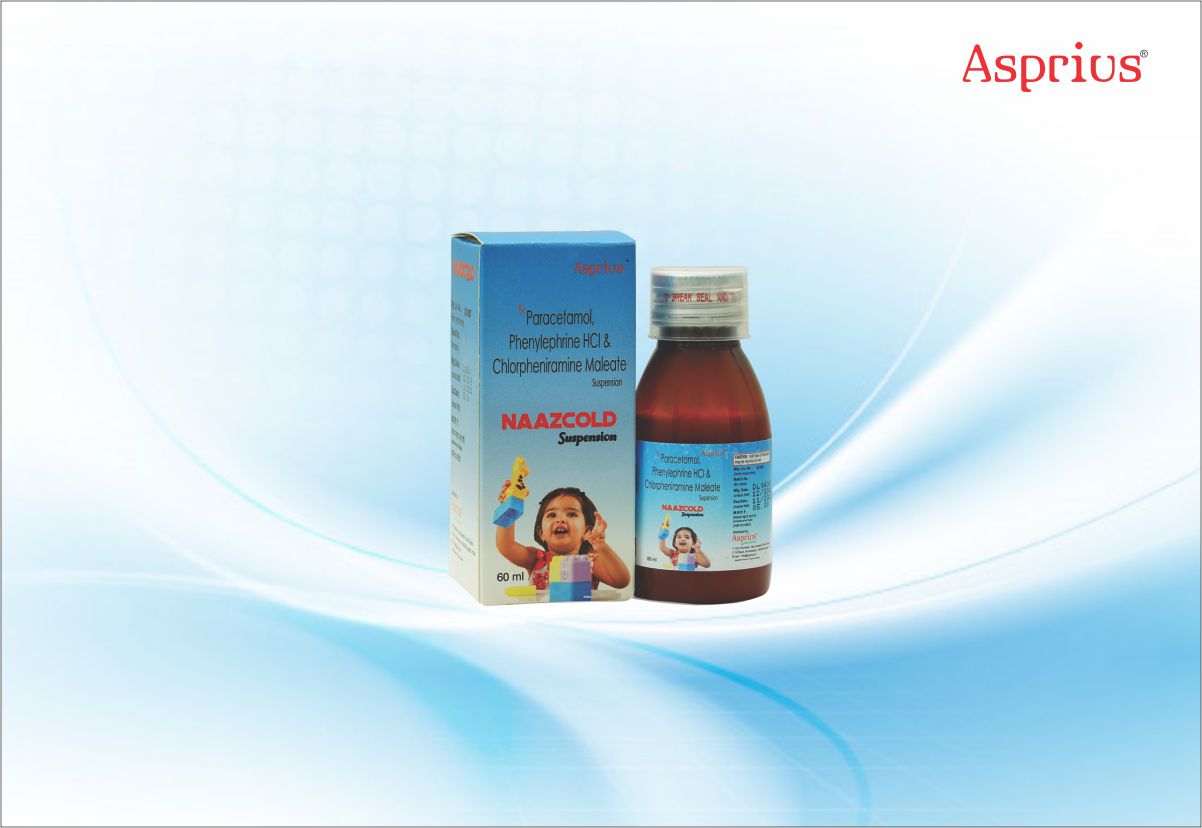Itcangus

Leading Pharmaceutical consultant and editor-in chief of IJMToday

Description
ITCANGUS is the brand name for Itraconazole, an azole antifungal agent. Itraconazole is a 1:1:1:1 racemic mixture of four diastereomers (two enantiomeric pairs), each possessing three chiral centers. Itraconazole has a molecular formula of C35H38Cl2N8O4 and a molecular weight of 705.64. It is a white to slightly yellowish powder. It is insoluble in water, very slightly soluble in alcohols, and freely soluble in dichloromethane. It has a pKa of 3.70 (based on extrapolation of values obtained from methanolic solutions) and a log (n-octanol/water) partition coefficient of 5.66 at pH 8.1. ITCANGUSs contain 200mg of Itraconazole.
Pharmacokinetics and Mode of Action
General Pharmacokinetic Characteristics Peak plasma concentrations of itraconazole are reached within 2 to 5 hours following oral administration. As a consequence of non-linear pharmacokinetics, itraconazole accumulates in plasma during multiple dosing. Steady-state concentrations are generally reached within about 15 days, with Cmax values of 0.5 µg/ml, 1.1 µg/ml and 2.0 µg/ml after oral administration of 100 mg once daily, 200 mg once daily and 200 mg b.i.d., respectively. The terminal half-life of itraconazole generally ranges from 16 to 28 hours after single dose and increases to 34 to 42 hours with repeated dosing. Once treatment is stopped, itraconazole plasma concentrations decrease to an almost undetectable concentration within 7 to 14 days, depending on the dose and duration of treatment. Itraconazole mean total plasma clearance following intravenous administration is 278 ml/min. Itraconazole clearance decreases at higher doses due to saturable hepatic metabolism.
Itraconazole is rapidly absorbed after oral administration. Peak plasma concentrations of itraconazole are reached within 2 to 5 hours following an oral capsule dose. The observed absolute oral bioavailability of itraconazole is about 55%. The oral bioavailability of itraconazole is maximal when ITCANGUS (itraconazole) Capsules are taken immediately after a full meal. Absorption of itraconazole capsules is reduced in subjects with reduced gastric acidity, such as subjects taking medications known as gastric acid secretion suppressors (e.g., H2-receptor antagonists, proton pump inhibitors) or subjects with achlorhydria caused by certain diseases. Absorption of itraconazole under fasted conditions in these subjects is increased when ITCANGUS Capsules are administered with an acidic beverage (such as a non-diet cola). When ITCANGUS Capsules were administered as a single 200-mg dose under fasted conditions with non-diet cola after ranitidine pretreatment, a H2-receptor antagonist, itraconazole absorption was comparable to that observed when ITCANGUS Capsules were administered alone. Itraconazole exposure is lower with the Capsule formulation than with the Oral Solution when the same dose of drug is given.
In vitro studies have demonstrated that itraconazole inhibits the cytochrome P450-dependent synthesis of ergosterol, which is a vital component of fungal cell membranes. Itraconazole exhibits in vitro activity against Blastomyces dermatitidis, Histoplasma capsulatum, Histoplasma duboisii, Aspergillus flavus, Aspergillus fumigatus, and Trichophyton species.
Drug Resistance
Isolates from several fungal species with decreased susceptibility to itraconazole have been isolated in vitro and from patients receiving prolonged therapy. Itraconazole is not active against Zygomycetes (e.g., Rhizopus spp., Rhizomucor spp., Mucor spp. and Absidia spp.), Fusarium spp., Scedosporium spp. and Scopulariopsis spp.
Indications and Usage
ITCANGUS (itraconazole) Capsules are indicated for the treatment of the following fungal infections in immunocompromised and non-immunocompromised patients:
- Blastomycosis, pulmonary and extra pulmonary
- Histoplasmosis, including chronic cavitary pulmonary disease and disseminated, non meningeal histoplasmosis, and
- Aspergillosis, pulmonary and extra pulmonary, in patients who are intolerant of or who are refractory to amphotericin B therapy. Specimens for fungal cultures and other relevant laboratory studies (wet mount, histopathology, and serology) should be obtained before therapy to isolate and identify causative organisms.
Therapy may be instituted before the results of the cultures and other laboratory studies are known; however, once these results become available, anti infective therapy should be adjusted accordingly.
ITCANGUS Capsules are also indicated for the treatment of the following fungal infections in non-immunocompromised patients:
- Onychomycosis of the toe nail, with or without finger nail involvement, due to dermatophytes (tinea unguium), and
- Onychomycosis of the finger nail due to dermatophytes (tinea unguium). Prior to initiating treatment, appropriate nail specimens for laboratory testing (KOH preparation, fungal culture, or nail biopsy) should be obtained to confirm the diagnosis of onychomycosis.
ITCANGUS Capsules should be taken with a full meal to ensure maximal absorption. ITCANGUS (itraconazole) Capsules must be swallowed whole.
Warnings
ITCANGUS (itraconazole) Capsules should not be administered for the treatment of onychomycosis in patients with evidence of ventricular dysfunction such as congestive heart failure (CHF) or a history of CHF. ITRACONAZOLE has been associated with rare cases of serious hepatotoxicity, including liver failure and death. Some of these cases had neither pre-existing liver disease nor a serious underlying medical condition, and some of these cases developed within the first week of treatment. If clinical signs or symptoms develop that are consistent with liver disease, treatment should be discontinued and liver function testing performed. Continued ITCANGUS use or reinstitution of treatment with ITCANGUS is strongly discouraged unless there is a serious or life-threatening situation where the expected benefit exceeds the risk.
Nursing Mothers: Itraconazole is excreted in human milk; therefore, the expected benefits of ITCANGUS therapy for the mother should be weighed against the potential risk from exposure of itraconazole to the infant. The U.S. Public Health Service Centers for Disease Control and Prevention advises HIV-infected women not to breast-feed to avoid potential transmission of HIV to uninfected infants.
Pediatric Use:The efficacy and safety of ITCANGUS have not been established in pediatric patients. The long-term effects of itraconazole on bone growth in children are unknown. In three toxicology studies using rats, itraconazole induced bone defects at dosage levels as low as 20 mg/kg/day (2.5x MRHD). The induced defects included reduced bone plate activity, thinning of the zona compacta of the large bones, and increased bone fragility. At a dosage level of 80 mg/kg/day (10x MRHD) over 1 year or 160 mg/kg/day (20x MRHD) for 6 months, itraconazole induced small tooth pulp with hypocellular appearance in some rats.
Renal Impairment: Limited data are available on the use of oral itraconazole in patients with renal impairment. The exposure of itraconazole may be lower in some patients with renal impairment. Caution should be exercised when itraconazole is administered in this patient population and dose adjustment may be needed.
Precaution
Please note it is dangerous to take any medication without doctor’s prescription or professional advice from a registered health practitioner. Always follow the instructions of physician / doctor / registered medical practitioner before using any medicine. Do not exceed the recommended dosage. Keep all medicines away from your children. Storage as per recommendations. Please consult your health care provider, before making any healthcare decisions or for guidance about a specific medical condition.




